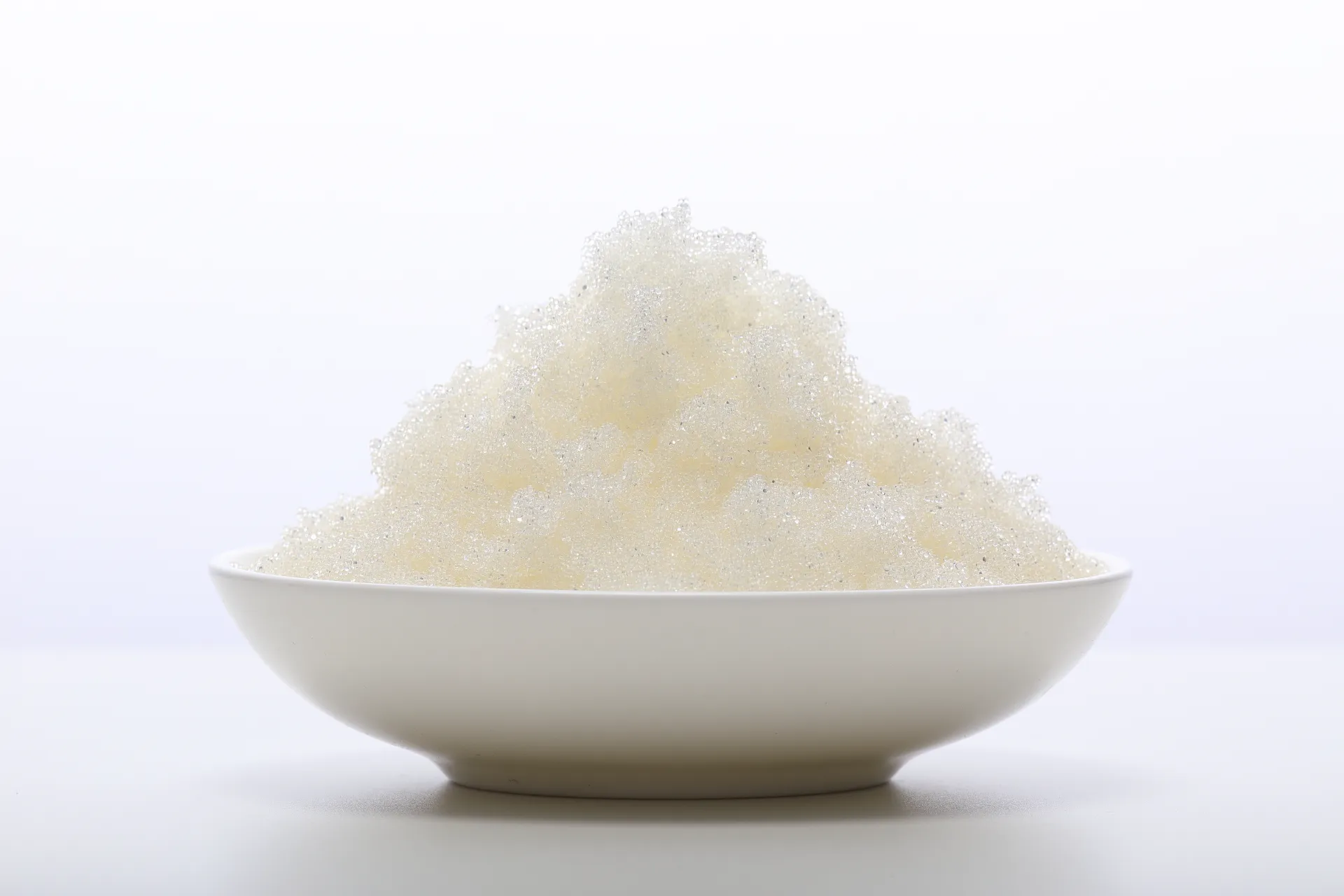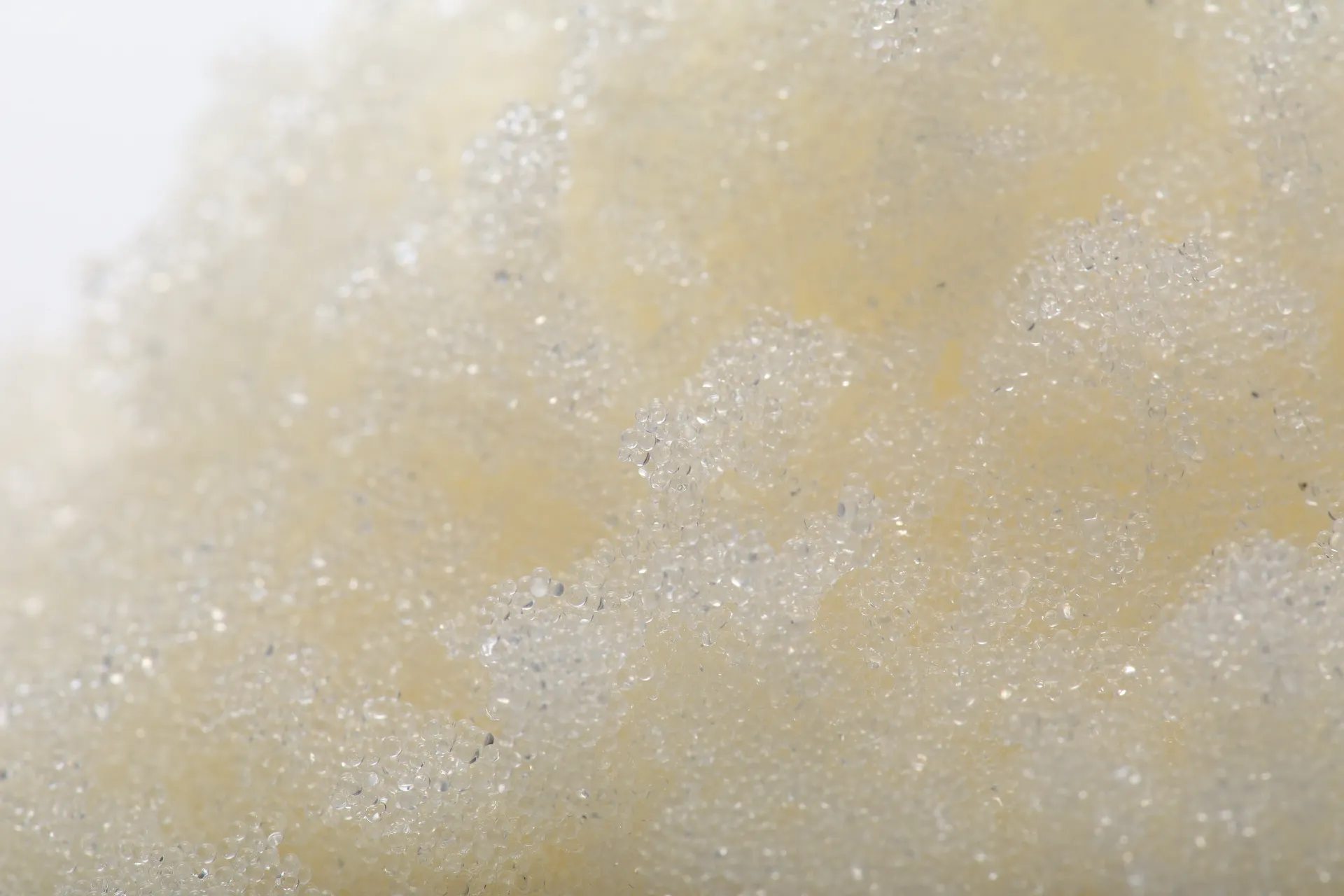









The demand for efficient water purification and chemical processing solutions continues to drive innovation in the ion exchange resin market. Particularly, the quest for a cheap ion exchange resin that doesn't compromise on performance is a key trend. This involves optimizing manufacturing processes, exploring new base materials, and enhancing resin longevity. Industry trends indicate a growing adoption of specialized resins for targeted contaminant removal, alongside a sustained focus on total cost of ownership (TCO) rather than just initial purchase price. End-users in petrochemical, metallurgy, and municipal water treatment sectors are increasingly seeking resins that offer robust chemical stability, high regeneration efficiency, and extended service life to minimize operational expenses and environmental impact.
Technical parameters are crucial when evaluating ion exchange resins. For instance, Strong Base Anion Exchange Resin 201X4, a Type I strong base anion resin, is characterized by its styrene-divinylbenzene copolymer matrix and quaternary ammonium functional groups. These attributes provide exceptional operational capacity and thermal stability. Key parameters include total exchange capacity (typically 1.2-1.4 eq/L), moisture retention (40-50%), and particle size distribution (0.315-1.25 mm for most applications), which directly influence kinetic performance and pressure drop across the resin bed. Understanding these specifications is vital for designing effective ion exchange systems that meet specific water quality targets, whether for demineralization, organic removal, or acid neutralization.
The production of high-quality strong base anion exchange resin, such as our Strong Base Anion Exchange Resin 201X4, is a complex, multi-stage chemical engineering process. It begins with the precise polymerization of styrene and divinylbenzene monomers, forming spherical beads with a controlled degree of cross-linkage. This suspension polymerization process is critical for defining the resin's physical strength and porosity. Following polymerization, the beads undergo a careful chloromethylation step, introducing chloromethyl groups onto the aromatic rings of the polymer matrix. This intermediate product is then aminated using trimethylamine to form the strong base quaternary ammonium functional groups, which are responsible for the resin's anion exchange capabilities.

Each batch of our cheap ion exchange resin undergoes rigorous quality control throughout its manufacturing lifecycle. This includes in-process testing at various stages to ensure consistency in bead size, integrity, and functional group density. Final product testing adheres to strict international standards such as ISO 9001 and internal ANSI-equivalent protocols, verifying parameters like total exchange capacity, moisture content, osmotic stability, and pressure drop. Our manufacturing facilities utilize advanced automated controls to maintain precise reaction conditions, ensuring superior product uniformity and long-term operational reliability. This meticulous approach guarantees a resilient product with an extended service life in demanding industrial environments, contributing to significant energy savings and enhanced corrosion prevention in systems like water demineralization plants.
Understanding the detailed technical parameters is paramount for selecting the optimal ion exchange resin for specific applications. The Strong Base Anion Exchange Resin 201X4, a versatile anion ion exchange resin, exhibits a balanced profile of physical and chemical properties. These parameters directly influence its performance in various industrial processes, from high-purity water production to industrial effluent treatment. The consistent quality delivered by a reliable supplier ensures that these specifications translate into predictable and efficient system operation, minimizing downtime and chemical consumption during regeneration cycles.
| Parameter | Value / Description |
|---|---|
| Product Type | Strong Base Anion Exchange Resin, Type I |
| Polymer Matrix Structure | Styrene-Divinylbenzene Copolymer, Gel Type |
| Functional Group | Quaternary Ammonium (Type I) |
| Ionic Form (as shipped) | Cl- (Chloride) |
| Total Exchange Capacity (min.) | ≥ 1.2 eq/L (Cl- form) |
| Moisture Retention | 40 - 50% |
| Particle Size Range | 0.315 - 1.25 mm (≥95%) |
| Uniformity Coefficient (max.) | ≤ 1.6 |
| Bulk Density | 0.65 - 0.75 g/mL |
| Operating pH Range | 0 - 14 |
| Max. Operating Temperature | 100°C (212°F) |
The versatility of Strong Base Anion Exchange Resin 201X4 makes it indispensable across numerous industrial application scenarios. Its primary use is in multi-bed or mixed-bed demineralizers for producing ultrapure water for power generation, semiconductor manufacturing, and pharmaceuticals. It effectively removes anions such as sulfates, nitrates, silicates, and bicarbonates, achieving exceptionally low conductivity levels. Beyond demineralization, this basic ion exchange resin is also extensively used for the removal of organic matter from water supplies, purification of chemical solutions, and as a scavenger for various contaminants in industrial effluents. Its robust structure ensures long-term performance even in challenging environments.

The technical advantages of choosing a high-quality cheap ion exchange resin like 201X4 are manifold. Its high exchange capacity reduces the frequency of regeneration cycles, leading to significant savings in regenerant chemicals (typically NaOH) and wastewater disposal costs. The superior physical stability minimizes bead breakage and pressure drop increases, ensuring consistent flow rates and prolonged bed life. Furthermore, its excellent kinetic performance allows for higher flow rates, optimizing system throughput without compromising effluent quality. These advantages translate into lower operational expenditures (OpEx), improved system uptime, and enhanced overall process efficiency for our clients in diverse industries, from large-scale petrochemical facilities requiring reliable cooling water to specialized metallurgy operations needing contaminant-free process water.
In the competitive landscape of ion exchange resin suppliers, choosing the right manufacturer goes beyond just finding a cheap ion exchange resin. It involves assessing the supplier's commitment to quality, research and development capabilities, and technical support. Reputable manufacturers distinguish themselves through consistent product quality, adherence to international standards (like ISO 9001, NSF/ANSI standards where applicable), and a proven track record of successful installations. While initial price points may vary, the long-term value, including resin longevity, regeneration efficiency, and consistent performance, often determines the true cost-effectiveness of the solution. We encourage clients to conduct thorough due diligence, examining not just product specifications but also supplier reputation and service history.
At Lijiresin, we understand that standard solutions do not always fit unique industrial challenges. Therefore, we offer customized ion exchange resin solutions tailored to specific water chemistries and operational requirements. This includes advising on optimal resin types, bead sizes, and functional group modifications for specialized contaminant removal or challenging matrices. Our technical team works closely with clients to develop bespoke solutions, potentially combining different resin types or designing unique regeneration protocols to maximize efficiency and minimize waste. This consultative approach, backed by decades of industry experience, ensures that our clients receive the most effective and economically viable ion exchange system, optimizing their process and ensuring compliance with stringent regulatory standards.
The efficacy of Strong Base Anion Exchange Resin 201X4 is best illustrated through its successful deployment in critical industrial applications. In one notable case, a large-scale power plant transitioned to 201X4 for its demineralization train, targeting ultra-low silica levels for boiler feedwater. Post-installation data showed a consistent effluent silica concentration below 5 ppb, significantly improving turbine efficiency and reducing silica-related scaling, which are common issues when a non-optimized anion ion exchange resin is used. This led to an estimated 15% reduction in overall system maintenance costs and an improvement in plant reliability. Such tangible results underscore the importance of selecting a high-performance resin, even when seeking a cost-effective solution.

Another compelling example involves a metal finishing facility struggling with chromate removal from their wastewater stream. Implementing a specialized system utilizing Strong Base Anion Exchange Resin 201X4 for chromate capture resulted in discharge compliance well within environmental regulations, achieving less than 0.1 mg/L chromium in treated effluent. The resin's high selectivity for specific oxyanions and its robust structure allowed for stable operation over extended periods, with efficient regeneration processes. These case studies highlight the resin's capacity for complex contaminant removal and its contribution to environmental compliance and operational savings, demonstrating that the value of a high-quality basic ion exchange resin extends far beyond its initial purchase price, delivering long-term benefits and reliability.
We understand the importance of timely delivery for industrial operations. Our logistics team works diligently to ensure efficient and secure shipment of your Strong Base Anion Exchange Resin 201X4 orders worldwide. Standard delivery times are typically 7-14 business days, depending on destination and order volume. For urgent requirements, expedited shipping options are available. All resins are packaged in durable, industry-standard bags or drums to prevent contamination and damage during transit, ensuring product integrity upon arrival.
Lijiresin stands behind the quality and performance of its products. Our Strong Base Anion Exchange Resin 201X4 is manufactured under stringent ISO 9001 certified quality management systems. We offer a standard 12-month warranty from the date of shipment, covering any defects in materials or workmanship. Our commitment extends beyond the sale; our dedicated technical support team is available to assist with product selection, system design, troubleshooting, and optimization, ensuring you achieve the best possible results from your ion exchange system.